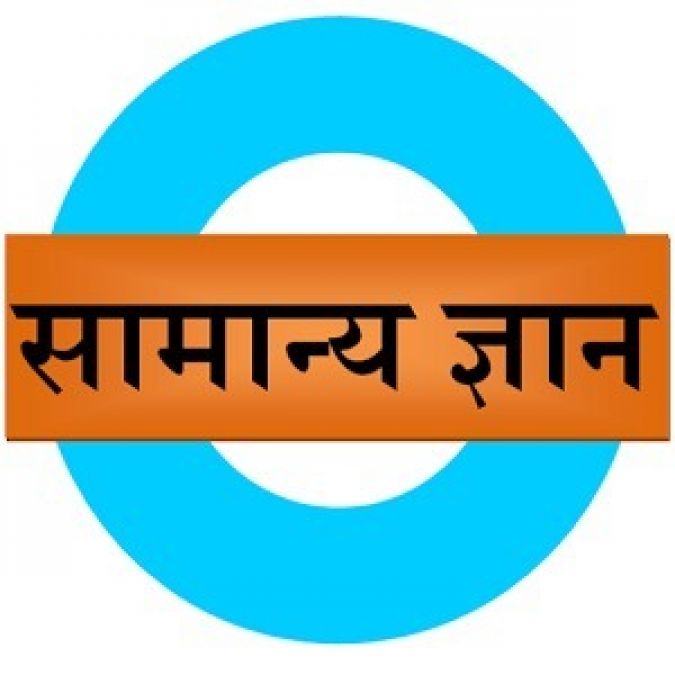
1. The Interim budget is also known as?
(A) Mini budget
(B) vote on account
(C) both A and B
(D) None of these
North C
Explanation: The final budget of a government is termed as an interim budget or a vote on account, or a mini-budget.
2. Which article of the Constitution speaks of the budget?
(A) Article 280
(B) Article 110
(C) Article 360
(D) Article 112
North D
Explanation: Article 112 of the Indian Constitution provides that the Government should keep an article of its income and expenditure in Parliament so that the country can know how much money the government has spent last year and how much it has achieved. It also has to be said that what is the plan of the Government regarding income and expenditure for the next financial year.
1000 + quiz on Indian economy
3. How many gas cylinders are targeted to be distributed under the Ujjwala scheme in the budget 2019-20?
(A) 6 lakh
(B) 10 lakh
(C) 5 lakh
(D) 8 lakh
Answer; d
Explanation: A target of 8 crore has been set for the number of gas connections provided in the Ujjwala scheme. So far, 6 crore people in the country have been given gas connections in the Ujjwala scheme.
4. The fiscal deficit in budget 2019-20 is targeted at what percentage of GDP?
(A) 3.1%
(B) 3.5%
(C) 3.4%
(D) 4.4%
North C
Explanation: The fiscal deficit in budget 2019-20 is estimated to remain 3.4% of GDP while next year it is estimated to remain 3.1%.
5. Which statement about budget 2019-20 is not true?
(A) The number of tax return filing in the country has increased to 6 crore 85 lakh.
(B) The payment of gratuity has been increased from 10 lakhs to 20 lakh rupees.
(C) The government has launched the Pradhan Mantri Kisan Samman Nidhi Yojana. The plan will come into effect from January 1, 2019.
(D) The amount allocated for defence sector has crossed the budget of Rs. 3 lakh crore for the first time.
North C
Explanation: The government has launched the Pradhan Mantri Kisan Samman nidhi scheme. This plan will come into effect from 1 December 2018. The scheme will be 6000 rupees per annum to farmers who have less than 2 hectares of land. The central government will take the entire expenditure of 75 thousand crore rupees on the scheme. The scheme will benefit about 12 crore farmers.
6. Which is the biggest item of government spending in budget 2019-20?
(A) Debt servicing
(B) Defence expenditure
(C) Expenditure on central schemes
(D) states share in taxes and duties
North D
Explanation: The largest item of government spending in budget 2019-20 is part of states in ' taxes and fees '. The central government has to spend 23% of its total expenditure to the States in the form of ' taxes and duties '.
7. Which of the following is the biggest item of the government's income receipts in budget 2019-20?
(A) Goods and services tax
(B) Corporation tax
(C) Borrowings and other liabilities
(D) Both A and B are equal
North D
Explanation: The biggest items of government income in budget 2019-20 are goods and services Tax and corporation tax. Both these items yield 21%-21% income to the government. Then the largest income item is ' borrowing and other liabilities ' (17%). hey ! stop that.
8. Which of the following statements is correct?
(A) The budget estimates set a target of placing the revenue deficit at 3.4% of the gross domestic product.
(B) The fiscal deficit is targeted to be curbed to 3.1% of GDP.
(C) The budget estimates set a target of curbing the primary deficit to 2.1% of GDP.
(D) All of the above statements are incorrect.
Answer; d
Explanation: All the statements given in the option are incorrect. The government has set a target of keeping revenue deficit at 2.2% of GDP in budget estimates. Has set a target of curbing the fiscal deficit to 3.4% of GDP and aiming to contain the primary deficit to 0.2% of GDP.
9. What is the rate at which income tax is levied in India?
(A) downward rate
(B) at a progressive rate
(C) Decreasing rate
(D) Proportionate rate
North A
Explanation: Income tax in India is determined at a downward rate. At the beginning of this rate, the rate of tax is progressive but then the rate is proportional after an income level. That is, at the beginning, all taxpayers are charged at an increasing rate, whereas the tax rate is the same for all.
In India, the tax rate on income up to Rs. 10 lakh is increased while the income of more than ₹ 10 lakh is taxed at the rate of only 30%. However, the government imposes a surcharge on more than 50 million earners.
10. What was the total cess levied by the central government in the year 2018?
(A) 4%
(B) 3.5%
(C) 3%
(D) 0.5%
North A